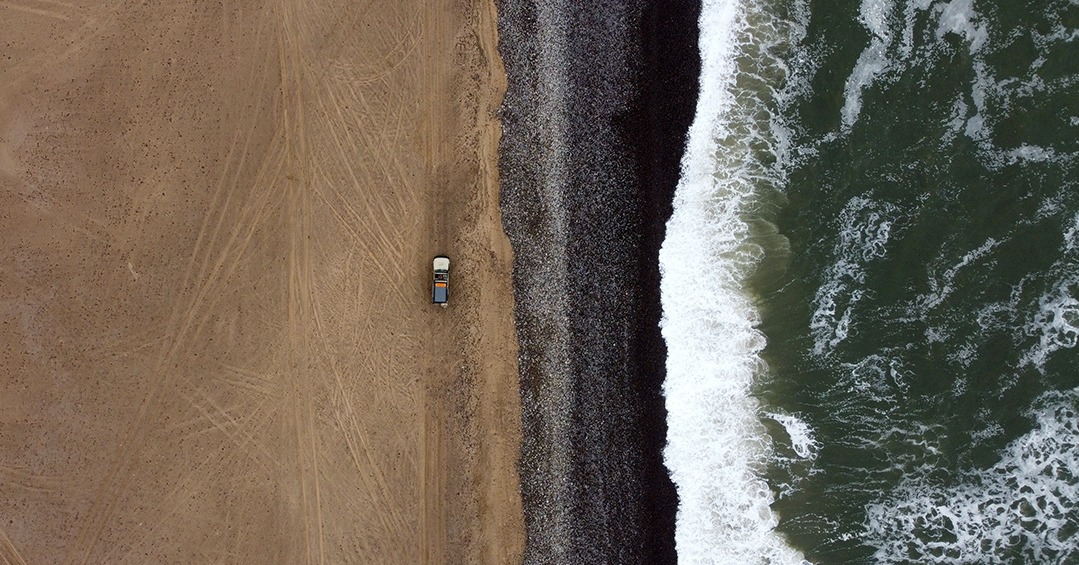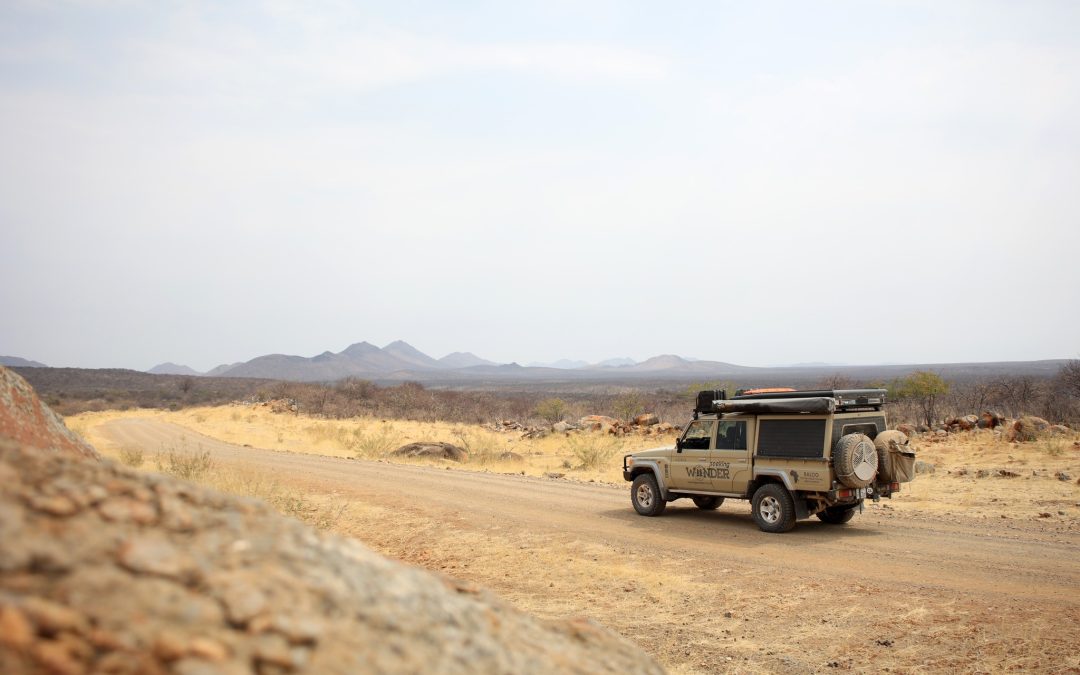
Palm-thrushes and papermouths
A place far, far away. It might sound like a fairy tale beginning, but the Kaokoveld (Kunene region) area in the far northern reaches of Namibia is indeed very far away from most places. Tucked away between the Kunene river on the Angolan border, the windswept skeleton coast and the Damaraland area towards the south, this brutal area is sparsely vegetated, dusty, and famously rocky. Some would even say Kaokoland has a lot of nothing. Why then, would one care to venture all the way to this forgotten corner of the world?
For many, the answer lies simply in the remote adventure to reach it, the dramatic landscapes or the unique and very traditional Himba tribe encountered there. For others, the rough and tough mountainous trails beckon them closer to go an put their (fool)hardy 4x4s through their paces – in particular the infamous Van Zyl’s pass where you can have a great time experimenting with remote tow-ins and spare parts delivery. At least afterwards you get to write your name in stone to commemorate your brave achievement and mourn your shattered radiator, steering rack and tyres. For us, the main drawcard is the lesser-known treasure trove of rare creatures hidden away in Kaokoland’s mysterious attic.
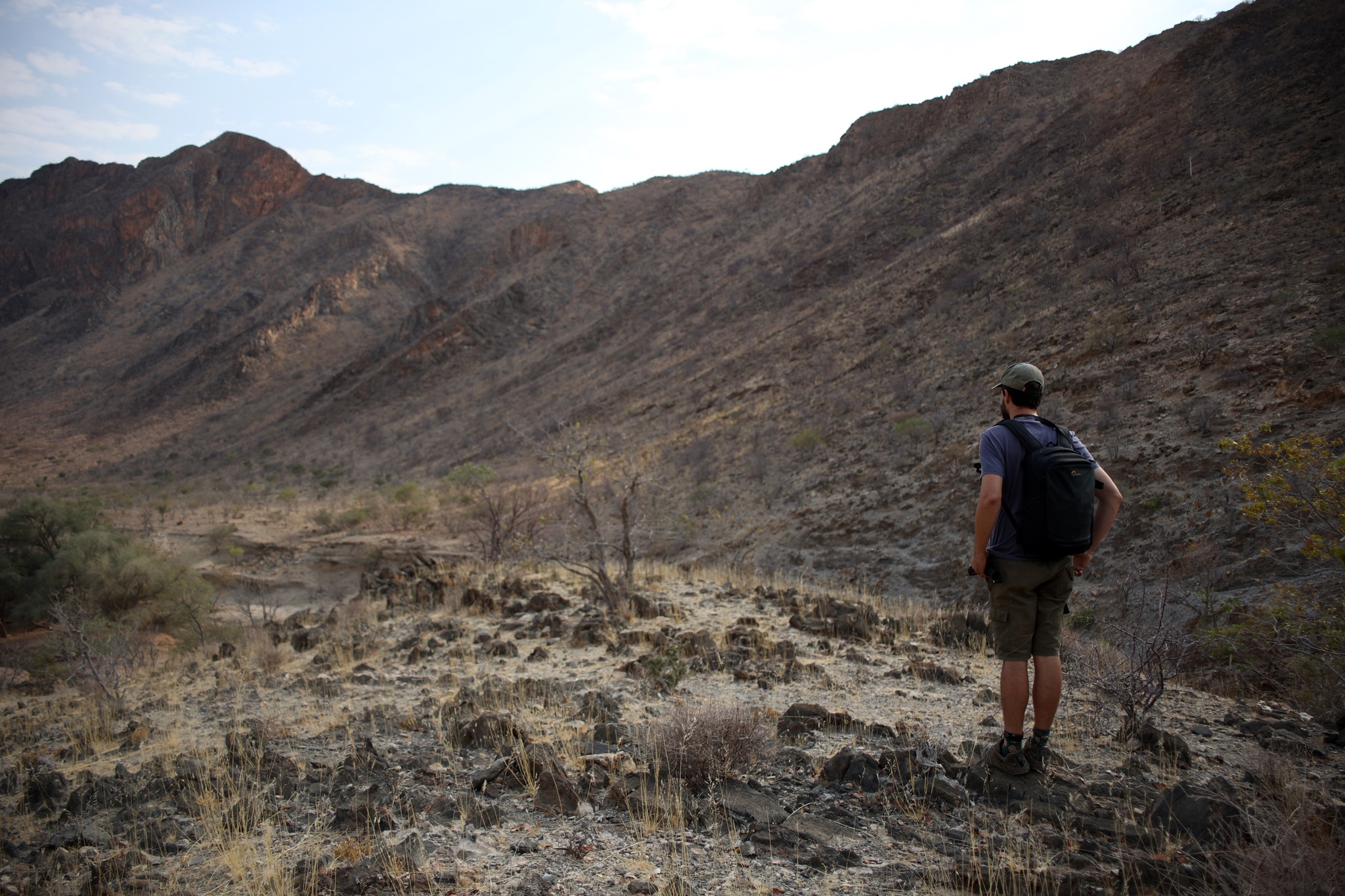
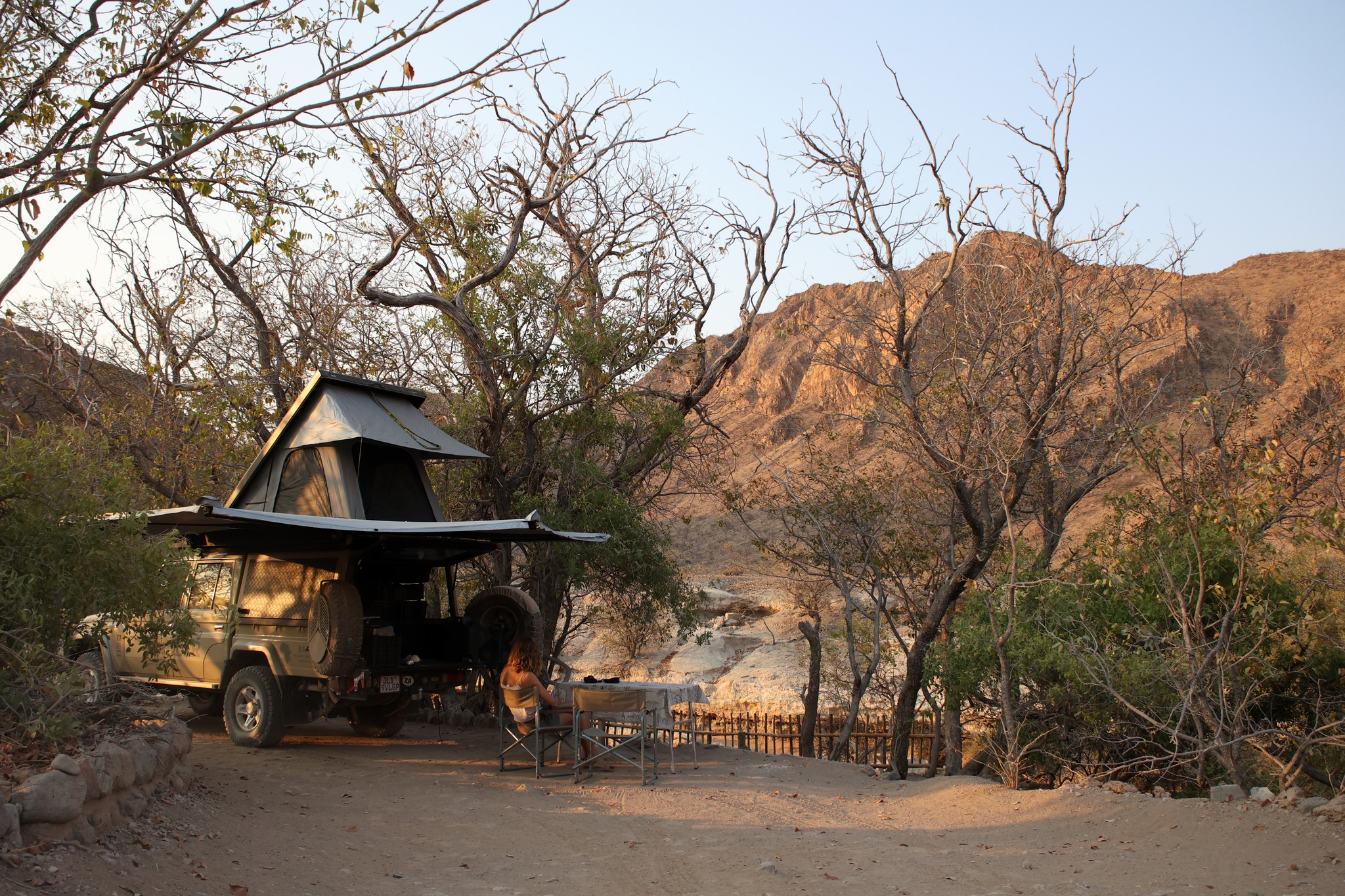
After challenging our sense of personal space while restocking in Opuwo, we travelled north and camped on the banks of a palm-fringed paradise – the Kunene river. In stark contrast with its arid environment and violent border war past, we loved the serenity and peace. Deo spent most of the evening replacing yet more roof-rack brackets thanks to the road corrugations and flimsy bracket design of the anonymous company (it rhymes with Front Gunner). Nevertheless, encamping under lush tree canopies with the hazy river snaking past lazily provided the perfect oasis.
Here we got to know some of its scarce local inhabitants such as the Rűppel’s parrot, Carp’s tit, Damara red-billed hornbill and the Adler’s robber – a tiny fish with a big personality, chasing down and grabbing small flies presented to it. Two of the most sought-after rare bird species on any birdwatcher’s wish list are near-endemic to the area. The rufous-tailed palm thrush lives exclusively in the Northern Lala palm trees found along the river and we were lucky enough to find a few during our stay. The beautiful Cinderella waxbill occurs along the riverine woodland and is threatened by the overgrazing of its habitat. Although we never saw it, we did hear it once (guess we will have to come back for it).
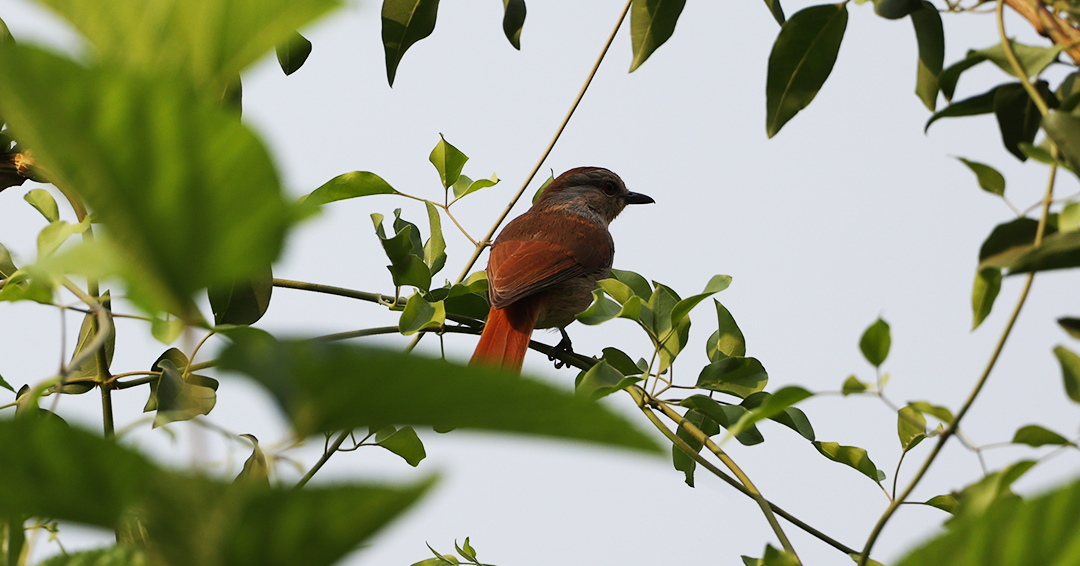
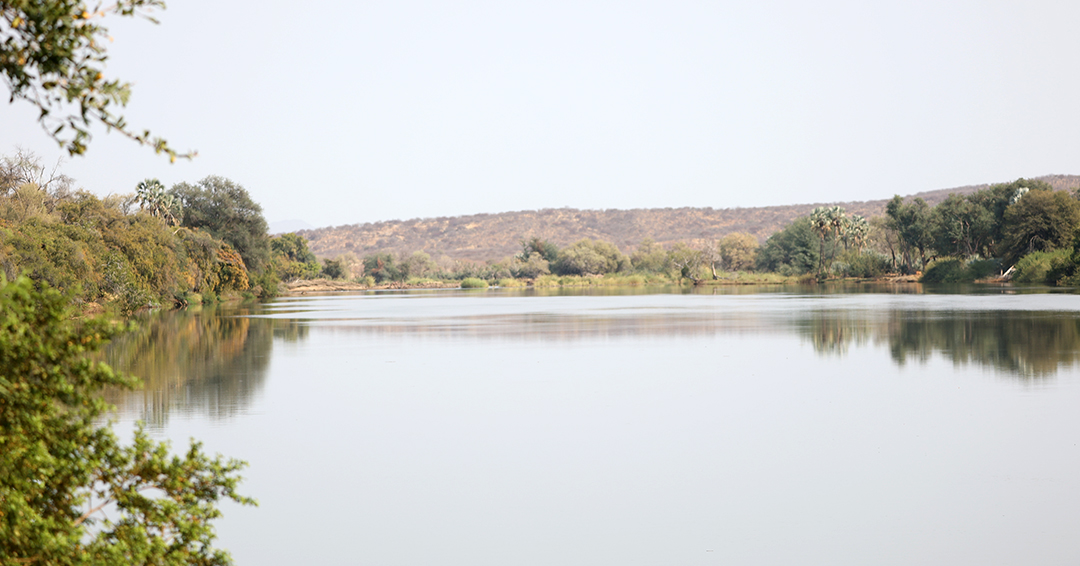
A track less travelled leads west along the river, and taking it made all the difference (as Robert Frost might put it). With dramatic mountains towering all around us, the rocky trail traversed beautiful tributaries, climbed up wow-inducing viewpoints and opened up to majestic vistas. Next to us the river changed its personality from calm pools to excited riffles to angry rapids and back again. The road eventually led us to a place where the serene Kunene widens into braids before tumbling down a deep baobab-studded gorge in a spectacle of spray – the Epupa Falls.
For a few days we explored this magical and wild land, hiking up and down the unforgiving valley. Our quest was to land a Kunene papermouth. The papermouth is a rare, small, and very special fish species that has significantly reduced in numbers where it once occurred. Thought of as part of the yellowfish family, it is one of the more difficult and sought-after species to add to one’s life list of ‘yellows’ on fly. Interestingly, the strain endemic to the Kunene has a characteristic black spot behind its gills. Our search for it took us down deep ravines into valleys studded with river cataracts, through thick ana tree-studded woodlands and onto lonely sandbanks where the Kunene’s infamous crocs secretly sun themselves. Often the journey to the fish is the real reward and this was no different. And yes, in the end we landed and released two beautiful specimens.
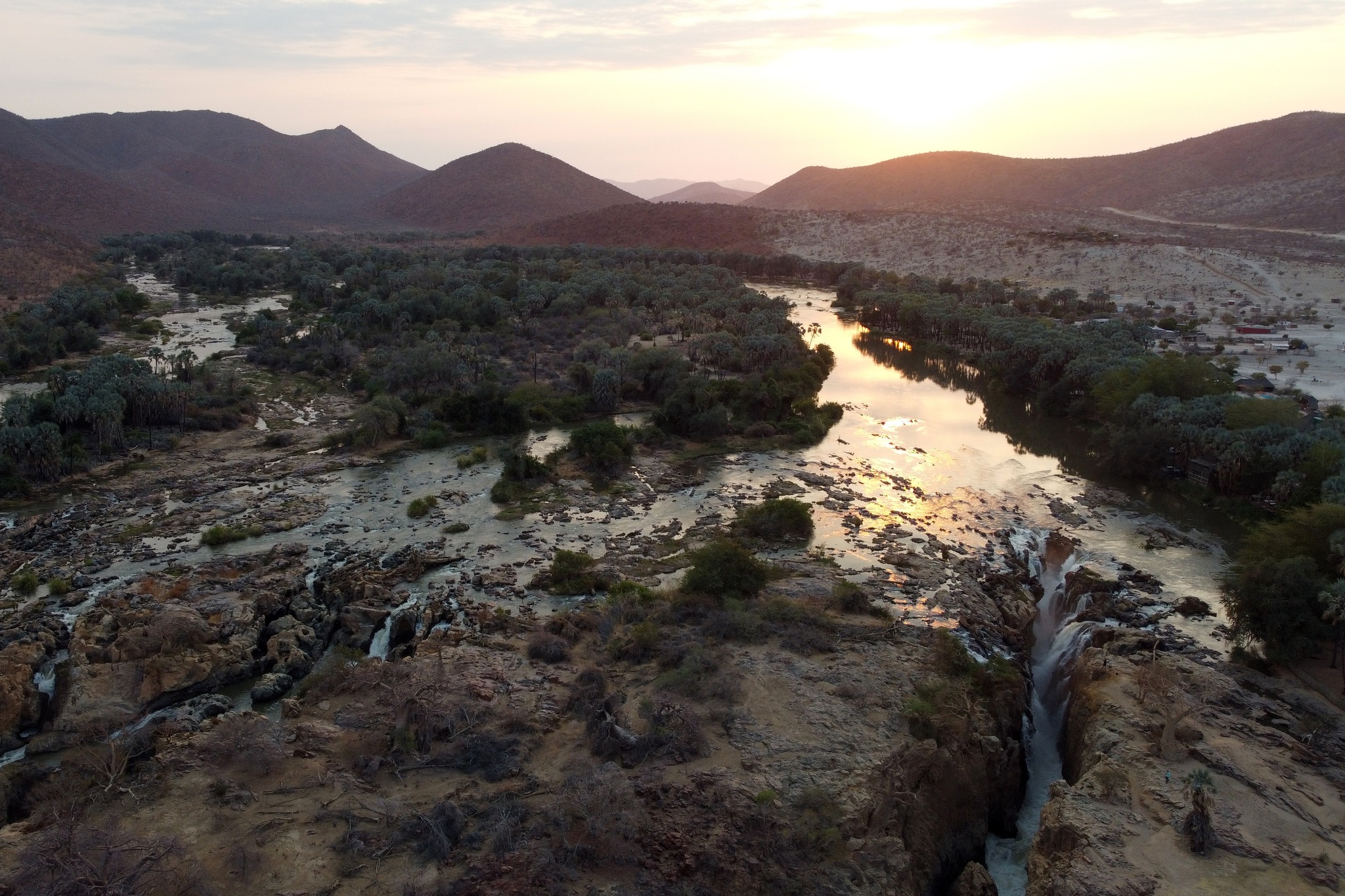
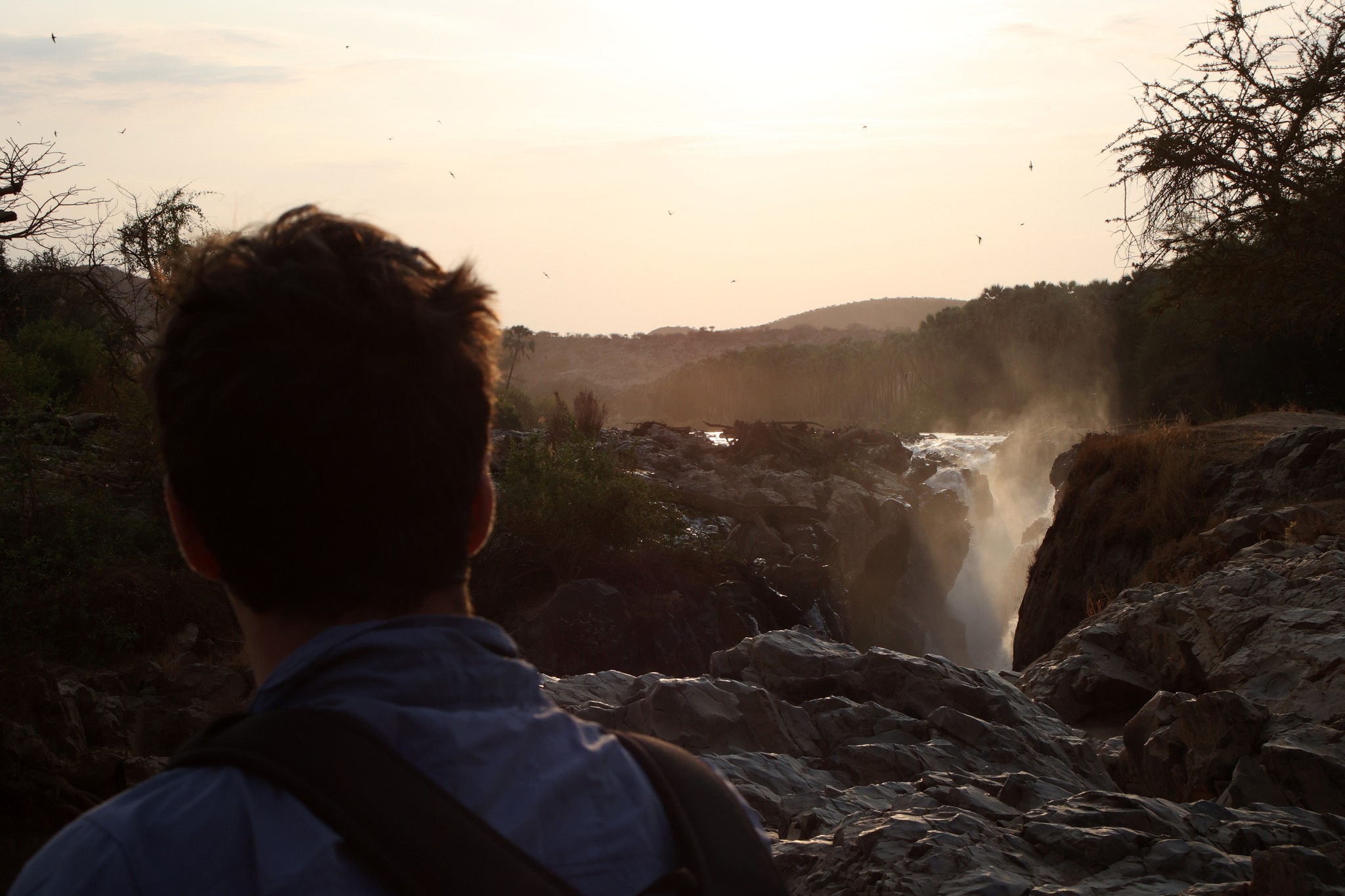
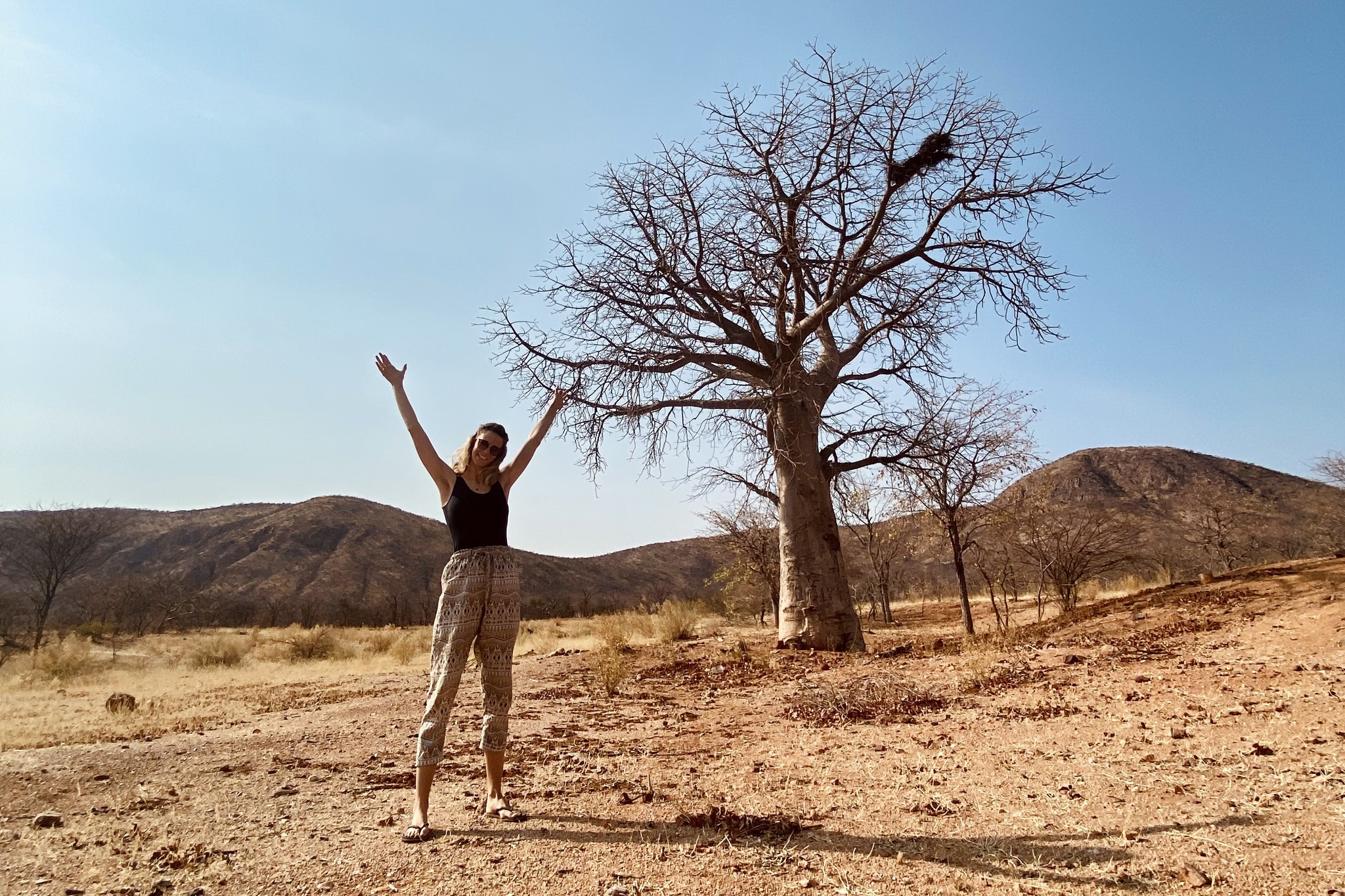
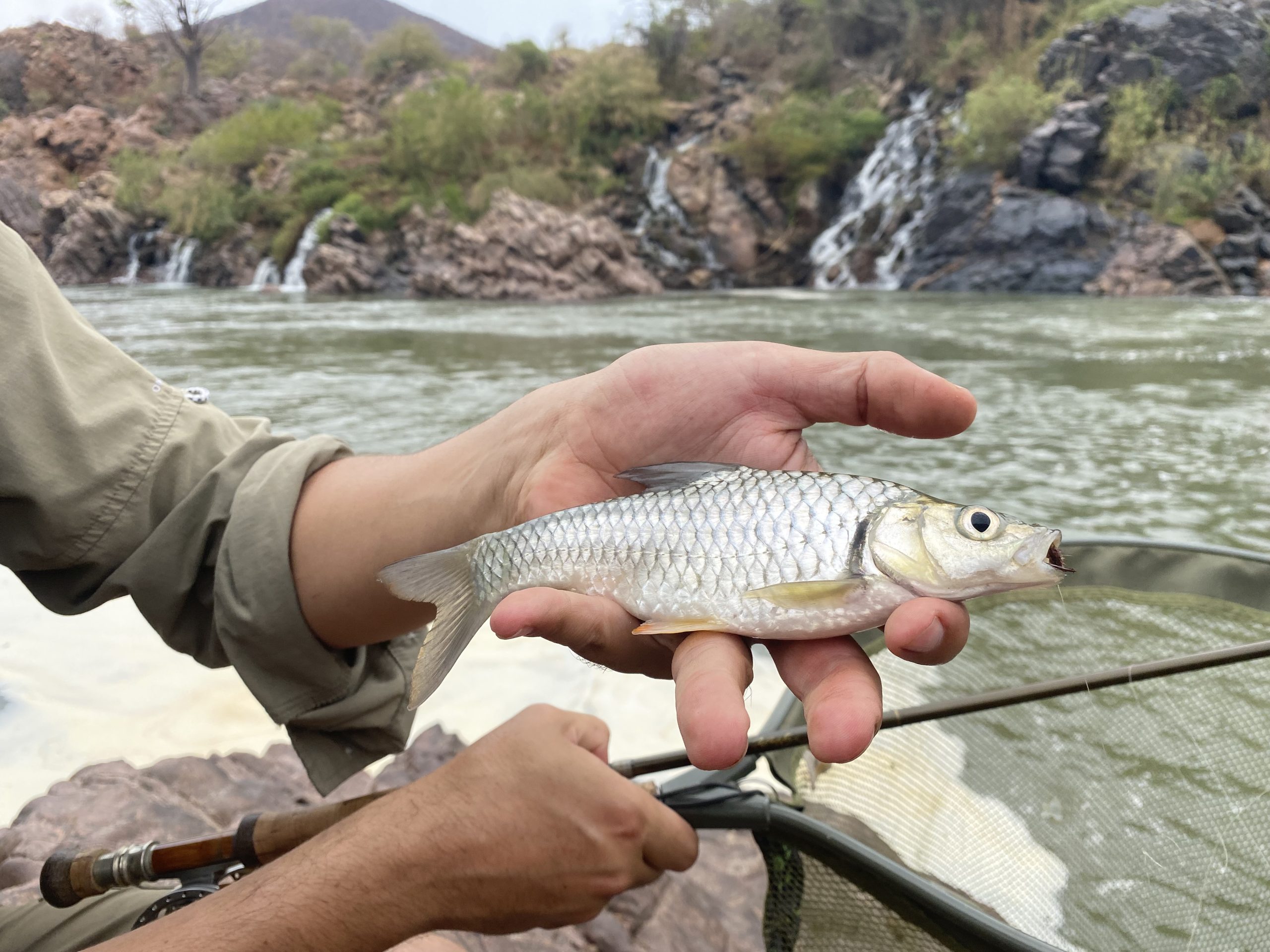
Heading south via the Hoanib river, we made our way to the Skeleton Coast National Park. This is a place where endless dry desert meets the cold Atlantic and its burning shore. Where brown hyenas and black-backed jackals patrol the shoreline. Where the cold mist belt rarely lifts and waves crash on countless smooth pebbles. Where the coastline is dotted with rusty shipwrecks and animal bones. Kaokoland is also the only place in the world where you can find wild-roaming and rare desert-adapted lions. They have even been documented hunting seals on its pebbled beaches! We came close enough by finding their tracks in the Palmwag concession. We explored this vast and wild coastline, added beautiful birds such as the ruddy turnstone to our list, and fished (of course), managing to entice a few fat blacktail and galjoen from the rocky gullies.

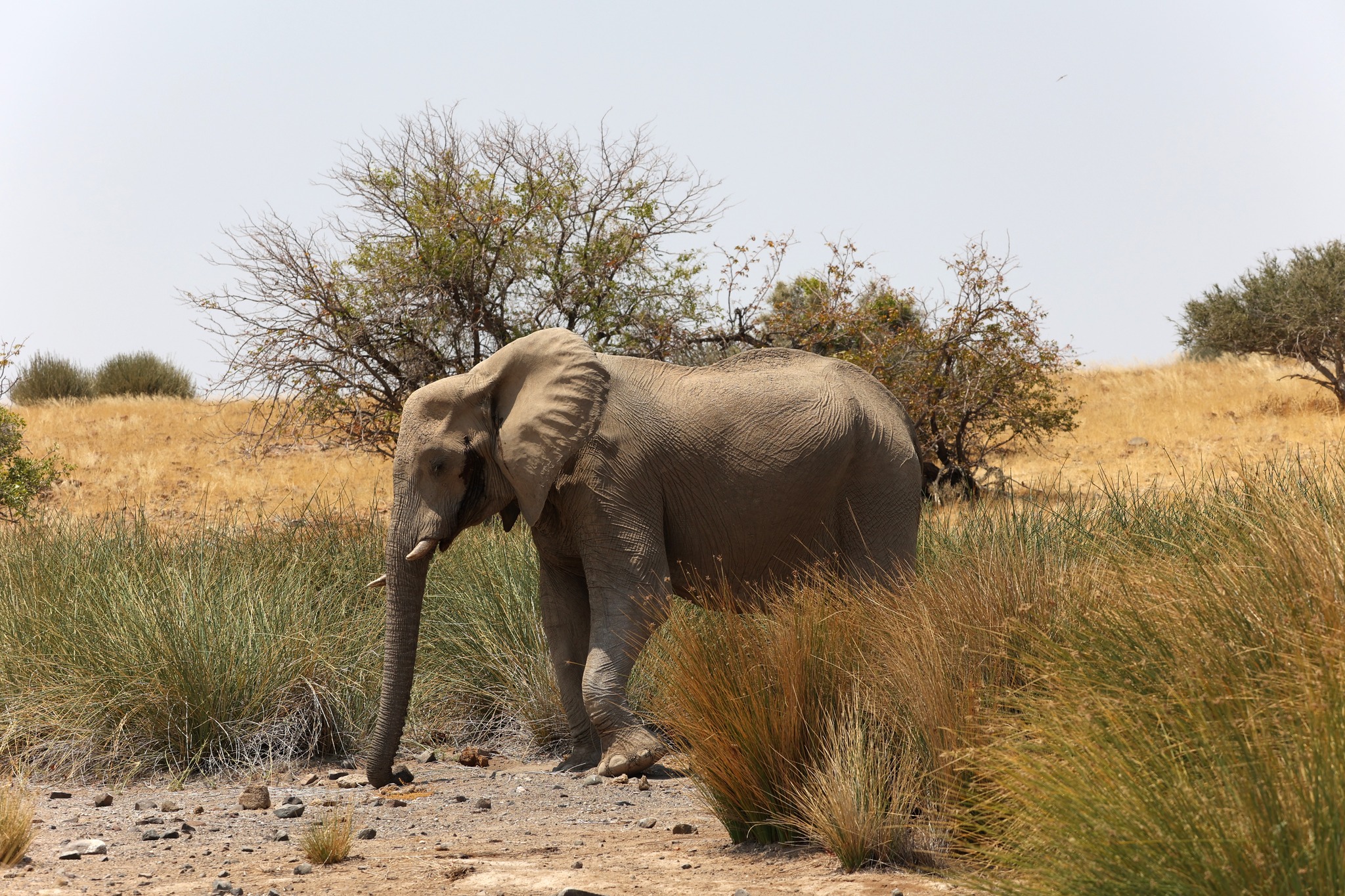
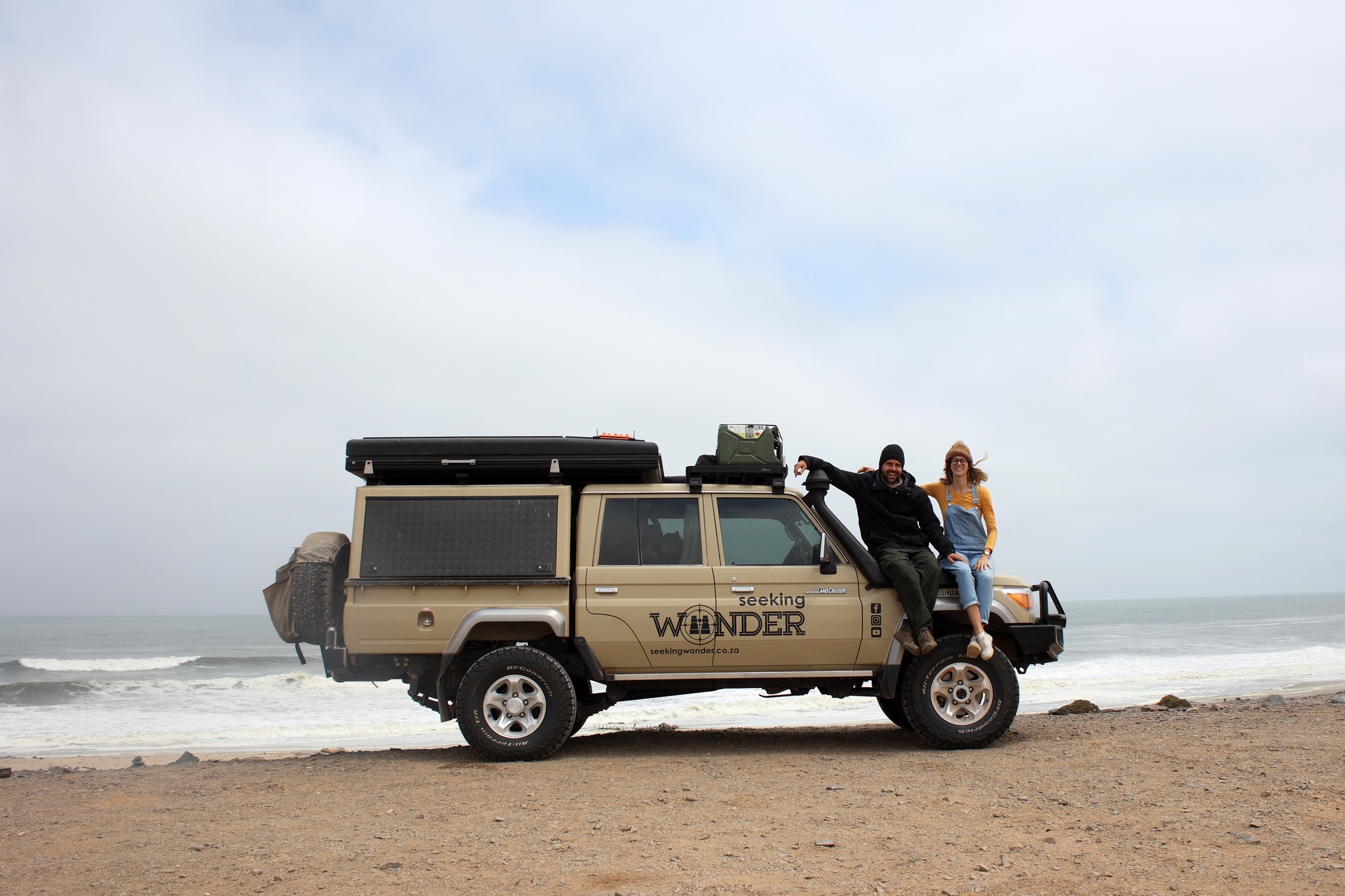
So why do we care so much to find these rare creatures in a rare environment? Because they are still there. Because us humans haven’t yet fully managed to wipe out their far-flung and fragile habitat. Because they deserve to be seen, appreciated and protected for their and our sake. And perhaps they can – in this place of fairy tales. A place far, far away. A place named Kaokoland.
